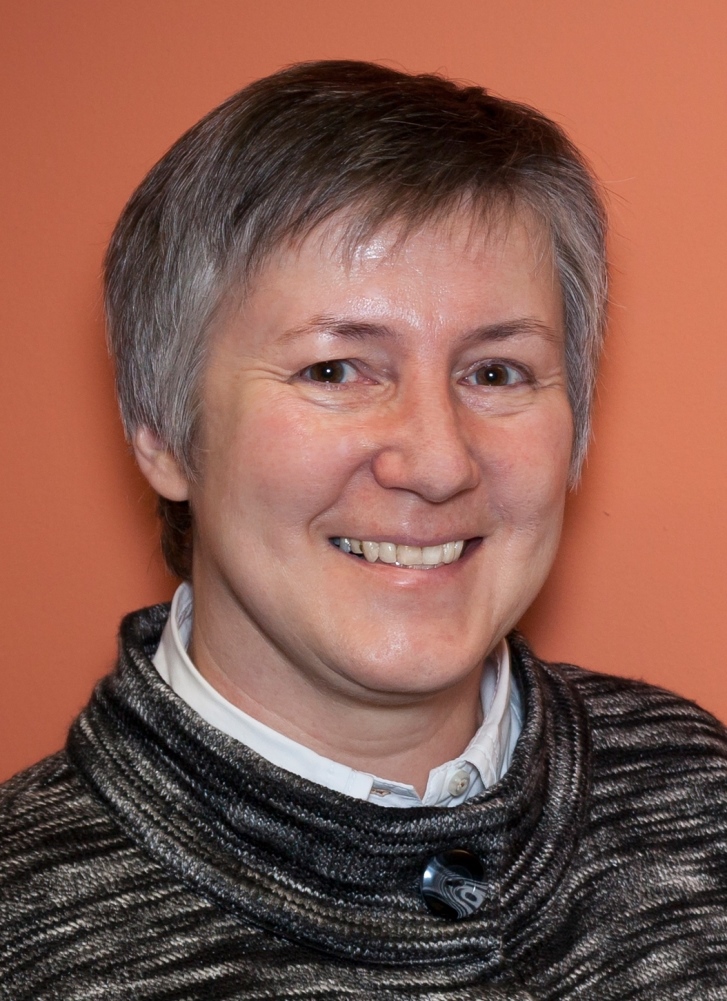Quantitative live imaging to determine the regulatory impact of chromatin dynamics

DNA molecules in the nucleus of a cell, packed with unconceivable density, can nevertheless be accessed for efficient gene expression. Different cellular programs require the transcription of different genome regions, and it is not well understood to what extent and how nuclear organization relates to gene expression programs. We want to develop technology for live imaging of 4D nuclear organization in cells
within their native organ context and ask if and how chromatin organization within the nucleus is related to gene expression. We plan to establish live-cell super resolution microscopy and computational image processing methods for analysing the nuclear position of chromatin landmarks in the nucleus during development and stress response in the root of the model plant Arabidopsis thaliana. Initially, we will use marker lines expressing fluorescently labelled histones to study nuclear shapes, sizes, and heterochromatin distribution along the developmental zones, during endoreplication, and upon stress treatments. To track individual genomic loci that are expressed at distinct stages of development, we will combine the highly
specific DNA binding of fluorescence-marked artificial TAL repeats with GAL4/UAS-based enhancer trap lines. This promises to lead to a significant technology development, applicable in a broad range of model organisms and instrumental in understanding the role of the complex nuclear architecture for gene
regulation in development and under stress.